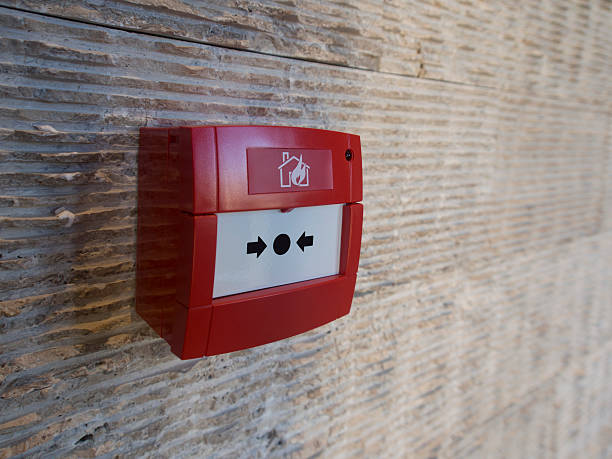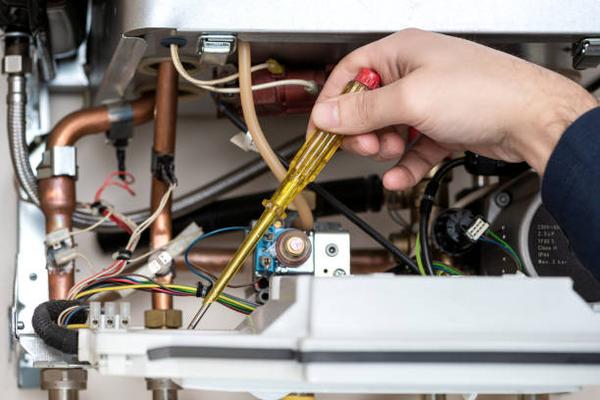Fire alarm systems play a crucial role in ensuring the safety and security of occupants in smart buildings. As technology continues to advance, the integration of fire alarm systems with smart building technologies has become increasingly common. These integrated systems offer enhanced protection and efficiency, making them a valuable investment for building owners and managers.
One of the key benefits of integrating fire alarm systems with smart building technologies is improved communication and coordination. Smart buildings are equipped with sensors, detectors, and other devices that can detect fires or smoke quickly and accurately. When a potential fire is detected, the fire alarm system can automatically trigger alerts to building occupants, emergency responders, and building management personnel.
In addition to faster detection and notification capabilities, integrated fire alarm systems in smart buildings also offer advanced monitoring features. Building managers can remotely monitor the status of the fire alarm system in real-time through a centralized control panel or mobile app. This allows for proactive maintenance and troubleshooting to ensure that the system is always functioning optimally.
Furthermore, integrating fire alarm systems with smart building technologies enables better coordination between different safety systems within the building. For example, when a fire is detected, the fire alarm system visit our blog can automatically activate ventilation systems to remove smoke from affected areas. It can also trigger automatic door closures to contain the spread of flames and smoke.
Another advantage of integrating fire alarm systems with smart building technologies is increased energy efficiency. Smart buildings are designed to optimize energy usage through automated controls for lighting, heating, cooling, and other building systems. By integrating the fire alarm system with these energy management features, building owners can further reduce energy consumption during emergencies by shutting off non-essential equipment or adjusting HVAC settings to prevent smoke infiltration.
Overall, integrating fire alarm systems with smart building technologies offers numerous benefits for enhancing protection and efficiency in modern buildings. From faster detection and notification capabilities to advanced monitoring features and improved coordination between safety systems – these integrated solutions provide a comprehensive approach to safeguarding occupants against fires.
As technology continues to evolve, it is essential for building owners and managers to stay informed about the latest advancements in fire alarm systems for smart buildings. Investing in these integrated solutions not only ensures compliance with regulations but also enhances overall safety measures within the built environment.











